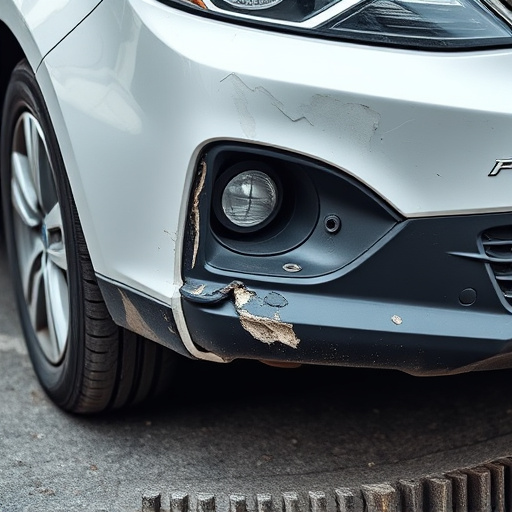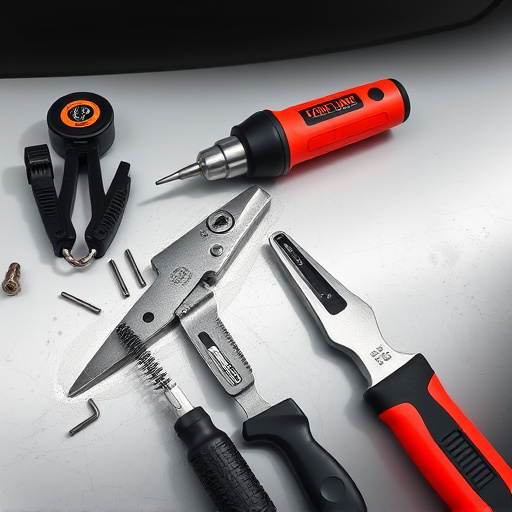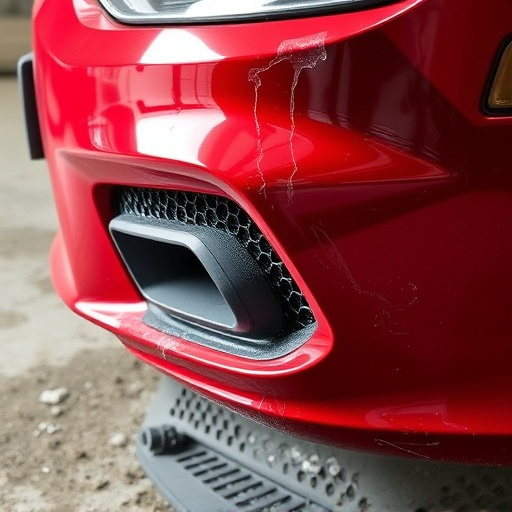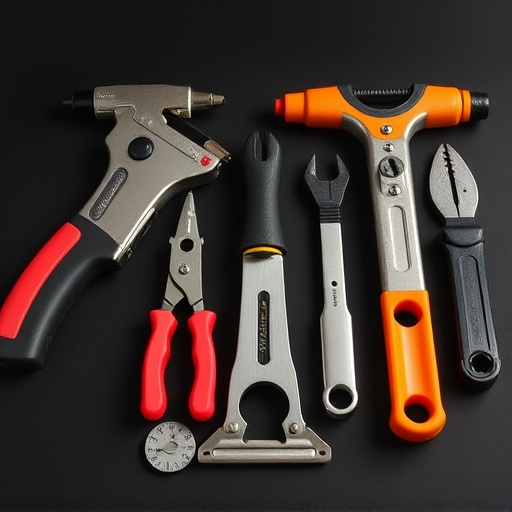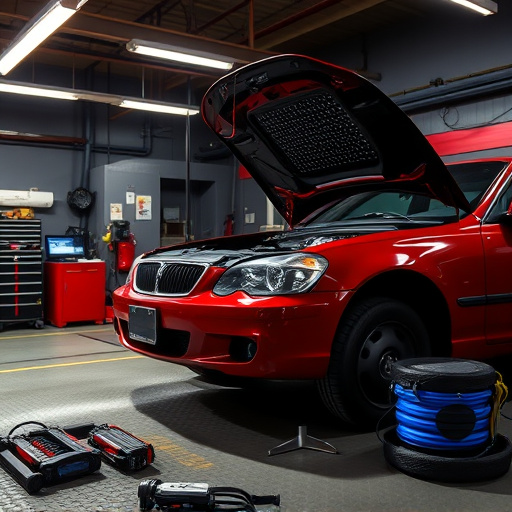Electronic Measuring Systems (EMS) offer a modern solution for automotive body shops, enhancing accuracy and speed compared to traditional frame measuring tools. EMS provide precise digital readings, streamline work processes, enable data storage, and support after-sales care, revolutionizing fleet and car paint repairs. Though more expensive and requiring technical skill, their benefits include unparalleled precision, incontestably faster tasks, and enhanced efficiency, crucial for meeting customer demands in a fast-paced environment.
In today’s digital landscape, the electronic measuring system has emerged as a game-changer, challenging traditional frame measuring tools. This article delves into the nuances of both methods, offering a comprehensive comparison. From understanding the fundamentals of traditional tools like tape measures and rulers to exploring the advantages and disadvantages of electronic systems, we dissect precision, speed, and user experience. By the end, readers will grasp why electronic measuring systems are revolutionizing various industries.
- Understanding Traditional Frame Measuring Tools
- Advantages and Disadvantages of Electronic Systems
- Comparisons: Precision, Speed, User Experience
Understanding Traditional Frame Measuring Tools
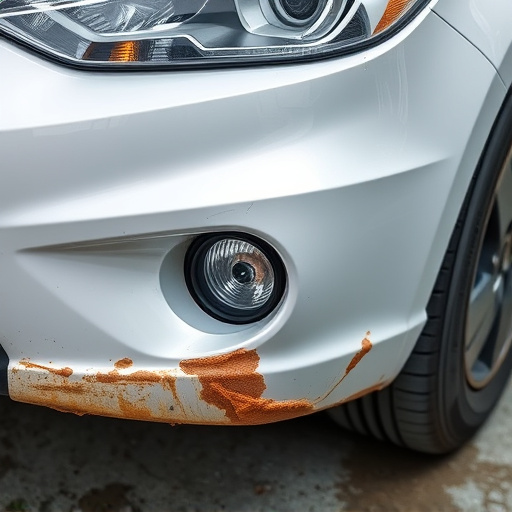
Traditional Frame Measuring Tools have long been the cornerstone of vehicle repair, especially in automotive body shops and luxury vehicle repair facilities. These tools, which often include tape measures, frames, and calipers, are used to gauge and align vehicle components with precision. Mechanics rely on their tactile feedback and visual cues to ensure that repairs are not only accurate but also safe. For instance, when rectifying damage to a car’s frame after an accident, these tools help in re-aligning the metal to its original specifications, ensuring structural integrity without compromising safety standards.
In contrast, Electronic Measuring Systems offer a modern alternative, leveraging technology to provide more precise and efficient measurements. These systems use sensors and advanced algorithms to analyze vehicle frames and components with high accuracy, eliminating subjective human error. For automotive body shops, this translates into faster turnaround times for repairs and increased consistency in the quality of service provided. Moreover, electronic measuring systems can be integrated into broader vehicle repair services, allowing for more comprehensive diagnostics and after-sales care.
Advantages and Disadvantages of Electronic Systems
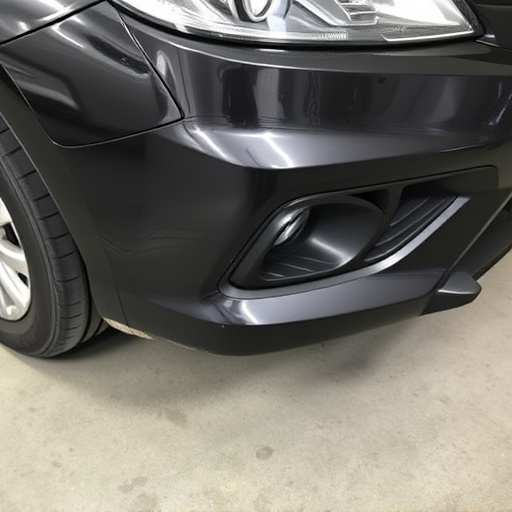
Electronic measuring systems offer a multitude of advantages over traditional frame measuring tools for tasks like fleet repair services and car paint repairs. They provide precise, digital readings, eliminating the need for manual interpretation of analog scales. This not only reduces human error but also streamlines work processes in vehicle repair, making it faster and more efficient. Additionally, these systems often include features like data storage and connectivity, allowing for easy record-keeping and communication between teams or workshops.
However, electronic measuring systems do have their drawbacks. They are generally more expensive to purchase and maintain compared to traditional tools, which can be a significant consideration for smaller repair shops or individual mechanics. Furthermore, these systems require a certain level of technical proficiency to operate and troubleshoot effectively. In the event of power outages or technical glitches, traditional frame measuring tools remain a reliable backup option, ensuring uninterrupted service in vehicle repair settings.
Comparisons: Precision, Speed, User Experience

When comparing traditional frame measuring tools with an electronic measuring system, precision stands out as a key area where the latter excels. Electronic systems offer unparalleled accuracy and detailed data, allowing for more precise assessments in automotive body shops and car damage repairs. This advanced technology captures intricate measurements swiftly and efficiently, reducing human error that can occur with manual tools.
In terms of speed, electronic measuring systems are incontestably faster. They automate processes that would otherwise take considerable time using conventional methods. This efficiency is paramount in fast-paced automotive body work environments, where quick turnaround times are essential to meet customer demands. By streamlining measurement tasks, these systems enable professionals to focus on other critical aspects of car damage repair.
In the realm of precision measurements, the evolution from traditional frame tools to modern electronic systems is undeniable. Electronic measuring systems offer superior precision, faster data acquisition, and enhanced user experiences, revolutionizing how we approach tasks that require exacting calculations. While traditional methods have their place in certain scenarios, the advantages of electronic systems are hard to ignore, making them a game-changer for many industries. Adopting these innovative tools can streamline processes, improve efficiency, and ultimately drive progress in measuring and mapping applications.
